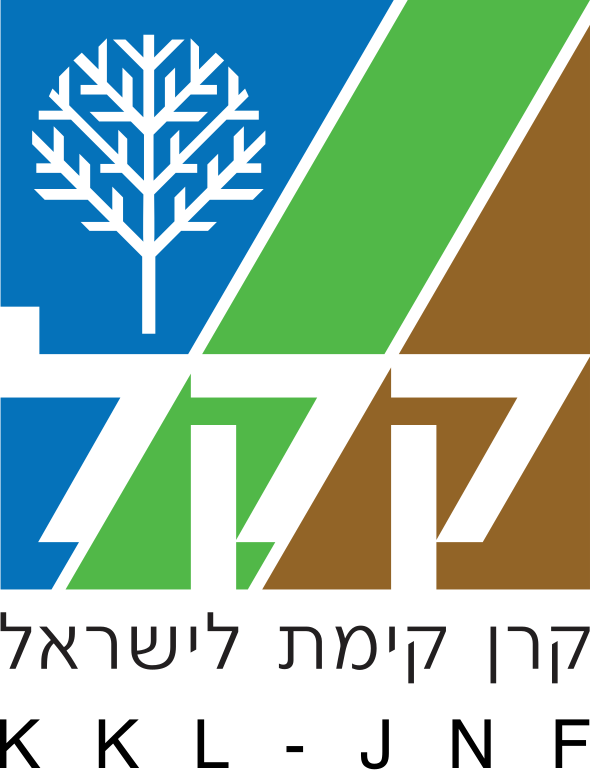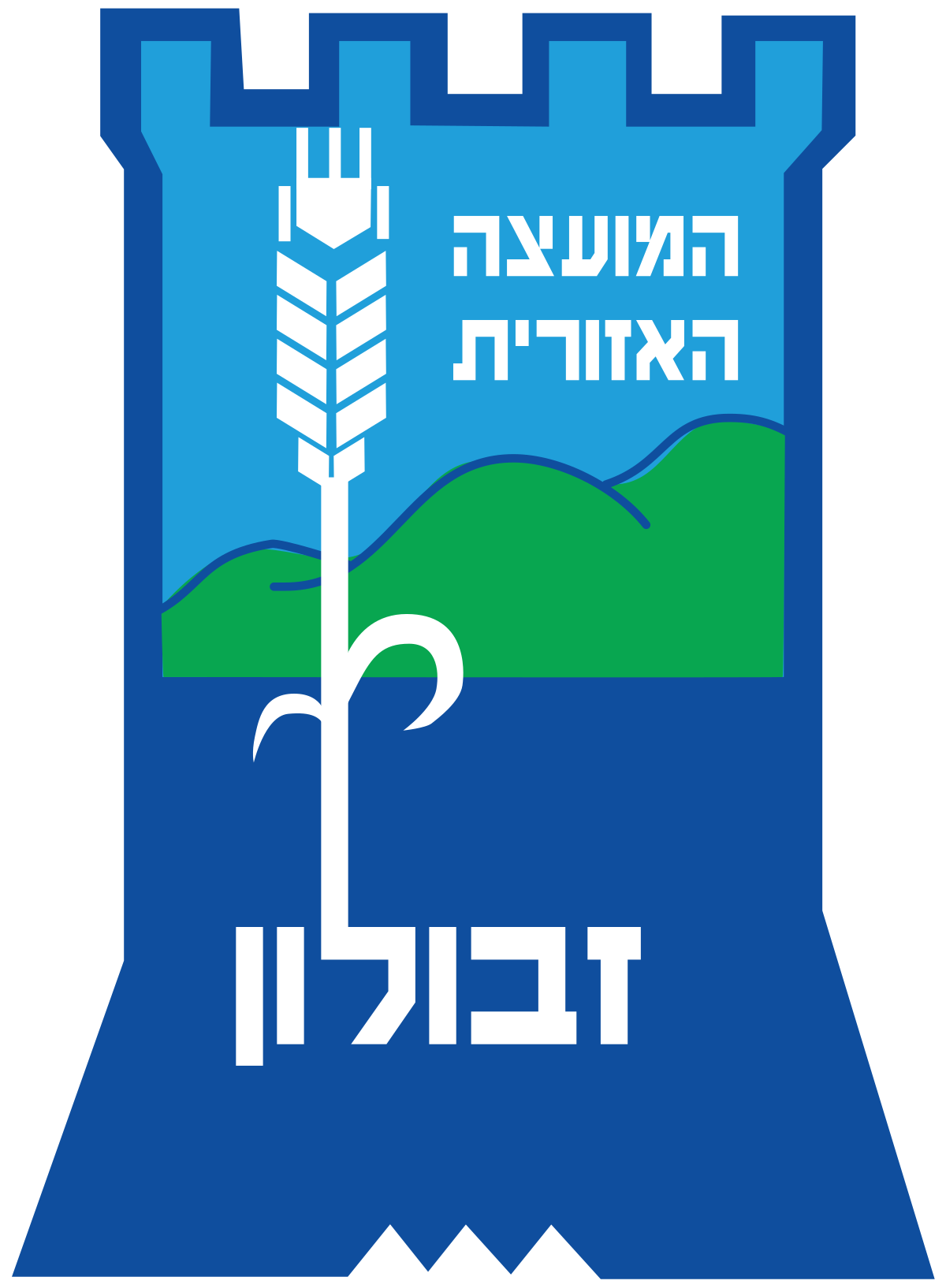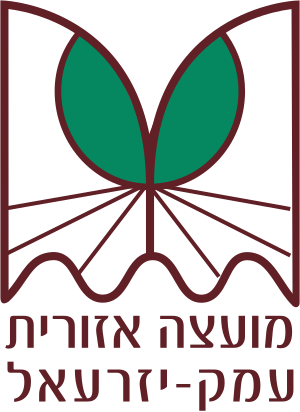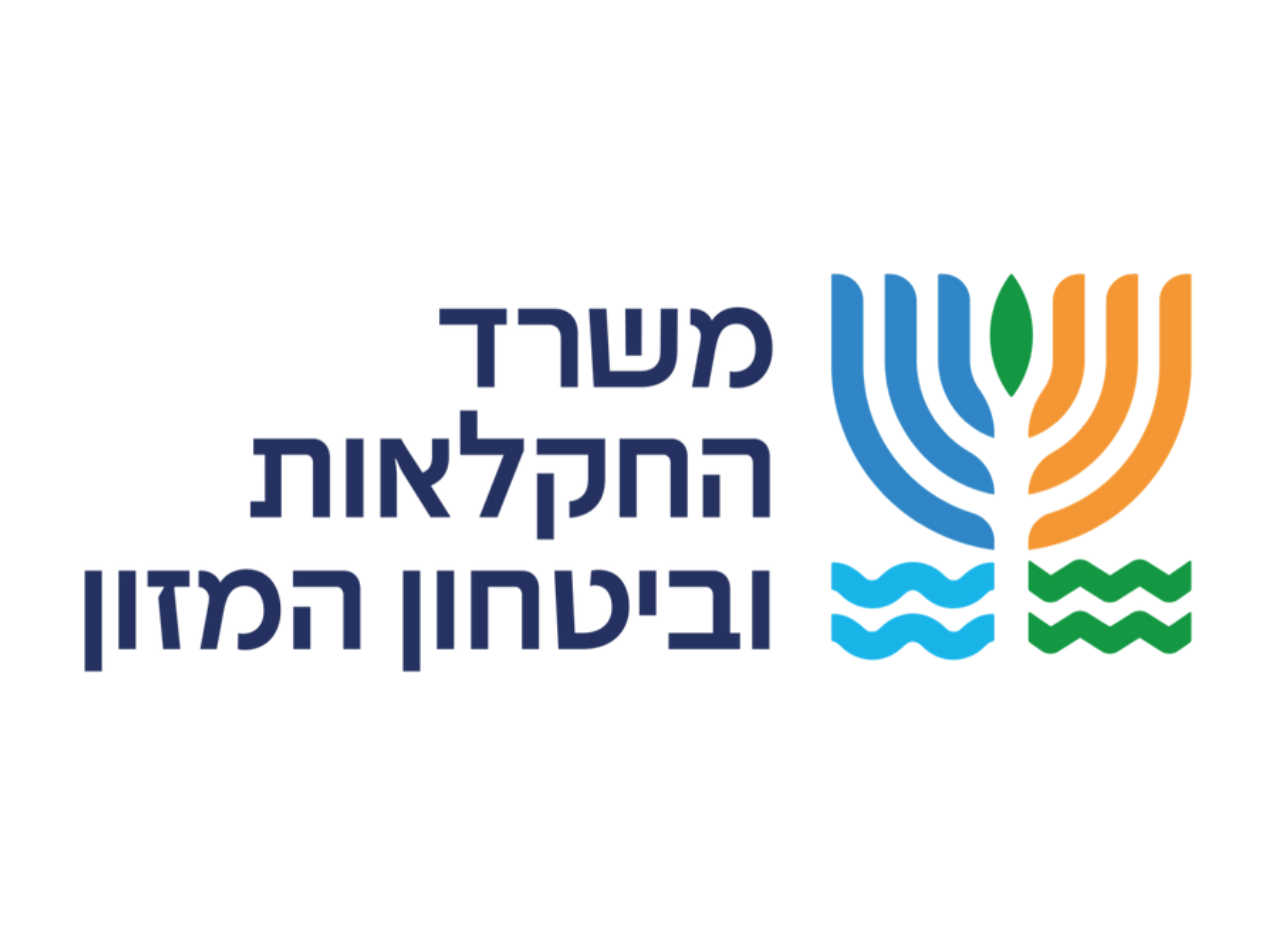What are the main goals in this area?
- Maintenance system – Establish and maintain long-term operational, enforcement, supervision, and maintenance capabilities along the stream, in collaboration with various partners such as the Nature and Parks Authority, KKL-JNF, the Green Police, regional councils, and others.
- Visitor management and separation of uses – Create an effective system that separates agricultural activity and equipment, off-road vehicles, and pedestrians, with consideration for the stream’s ecology and a focus on prioritizing pedestrian access
- Waste reduction, prevention, and management in the stream area – Through routine cleanup efforts, appropriate infrastructure, public outreach, awareness-building, and environmental education.
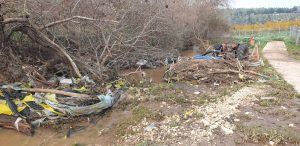
What are we doing in practice? A few examples…
- We installed gates at the entrances to agricultural roads, allowing access only to agricultural vehicles and pedestrians, and assisted farmers in fencing off agricultural plots adjacent to the stream trail in high-traffic areas.
- We collaborate with enforcement and oversight bodies in the region to streamline efforts. A significant portion of this work focuses on illegal dumping in open spaces and driving in prohibited areas.
- Our land manager and supervisor coordinate the work of a single maintenance contractor responsible for cleaning, trimming, and routine maintenance along the entire stream.
- “Stream Ambassadors” operate throughout the area as part of the “Friends of the Stream” initiative. They promote respectful behavior toward both visitors and nature.
- We developed a vegetation maintenance guide with clear, detailed instructions for on-site maintenance staff, organized by season and aligned with ecological standards.

 Land management
Land management
